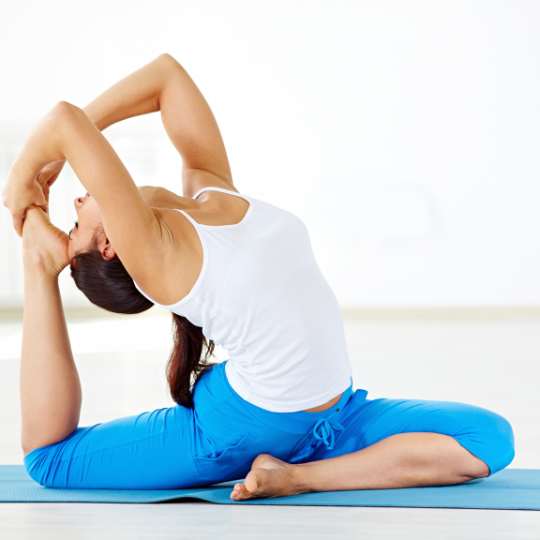Flexibility is an essential component of overall fitness and well-being. Whether you’re an athlete, a fitness enthusiast, or simply looking to enhance your daily movements, improving flexibility can bring numerous benefits. Increased flexibility can improve your athletic performance, reduce the risk of injuries, enhance posture, and promote better body alignment. In this article, we will explore effective strategies and key exercises to help you improve flexibility and achieve a more supple body.
1. Dynamic Warm-Up
Before engaging in any flexibility exercises, it’s important to warm up your muscles and joints. A dynamic warm-up routine helps increase blood flow, elevate core body temperature, and prepare your body for stretching. Incorporate movements such as arm circles, leg swings, and torso rotations to gently activate the muscles and joints.
2. Stretching Exercises
Stretching exercises are the foundation of flexibility improvement. Focus on both static and dynamic stretching techniques to target different muscle groups. Static stretches involve holding a stretch for a prolonged period, while dynamic stretches involve controlled, repetitive movements. Incorporate stretches for major muscle groups such as hamstrings, quadriceps, calves, hip flexors, and shoulders.
3. Yoga and Pilates
Yoga and Pilates are excellent practices for improving flexibility. These disciplines combine stretching, strength, and body awareness to enhance overall flexibility and mobility. Yoga poses like downward dog, child’s pose, and triangle pose target different muscle groups and promote flexibility. Pilates exercises, particularly those that emphasize core strength and lengthening, also contribute to improved flexibility.
4. Foam Rolling and Self-Myofascial Release
Foam rolling and self-myofascial release techniques help release tension and tightness in muscles and connective tissues. Using a foam roller, lacrosse ball, or massage stick, apply pressure to specific areas of the body, targeting tight spots. This practice helps break up adhesions and knots, promoting increased flexibility and range of motion.
5. Incorporate Mobility Exercises
Mobility exercises focus on joint range of motion and functional movements. These exercises aim to improve not only flexibility but also stability and control. Examples of mobility exercises include hip circles, shoulder dislocates, and wrist circles. Incorporating mobility exercises into your routine can enhance overall movement quality and flexibility.
6. Gradual Progression
Improving flexibility takes time and consistency. It’s important to progress gradually to avoid injury. Start with stretches and exercises that are within your current range of motion and gradually increase the intensity or duration over time. Listen to your body, and avoid pushing yourself too hard too soon. Consistency is key to long-term flexibility improvement.
7. Active Movement in Daily Life
In addition to dedicated flexibility exercises, seek opportunities for active movement in your daily life. Maintain good posture, take breaks to stretch throughout the day, and engage in activities that require a full range of motion, such as dancing or swimming. By incorporating active movement into your lifestyle, you encourage continuous flexibility development.
8. Breath Awareness and Relaxation
Breath awareness and relaxation techniques can facilitate flexibility improvement. Deep breathing and relaxation techniques help release tension in the muscles and promote a state of relaxation during stretching exercises. Focus on deep inhales and exhales, allowing your body to relax and gradually move deeper into each stretch.
9. Consistency and Patience
Improving flexibility is a journey that requires consistency and patience. Results may not be immediate, but with regular practice and patience, you will see progress over time. Celebrate small achievements along the way and embrace the process of becoming more flexible. The key is to make flexibility training a regular part of your fitness routine.




